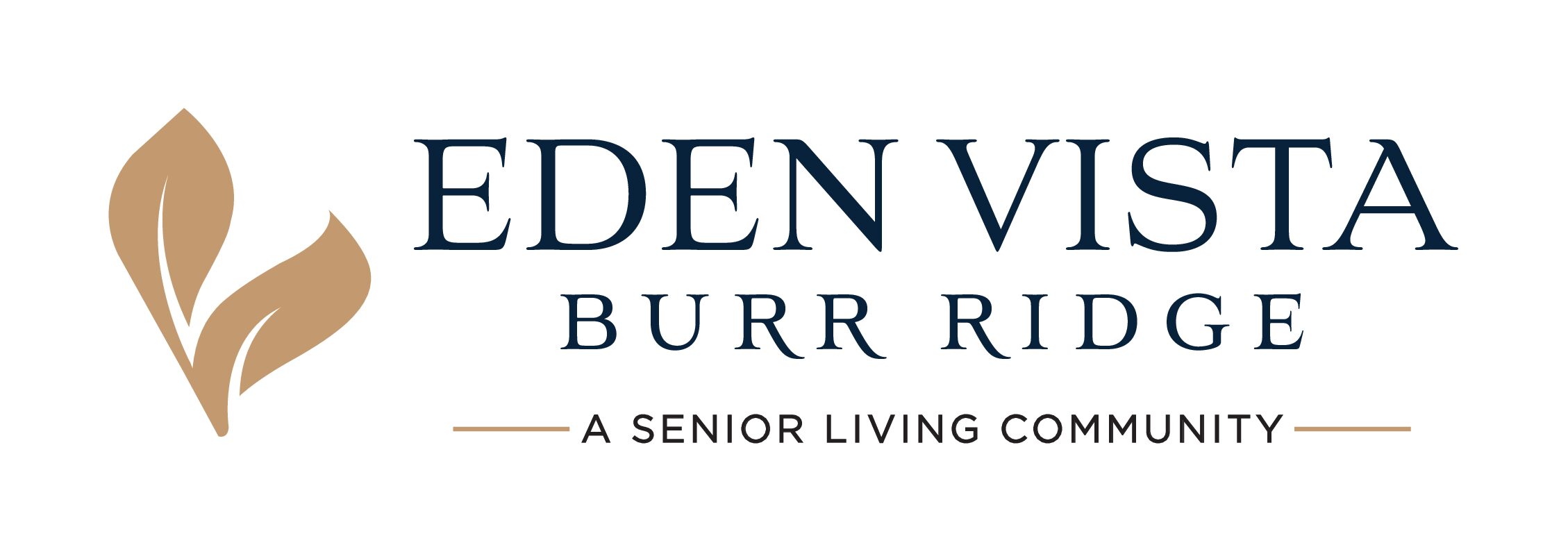Selecting the right assisted living facility is a critical decision for ensuring continued health, well-being, and quality of life for seniors. With numerous options available, it’s paramount to understand the various types of facilities to make an informed choice. In this blog, we will explore the different types of assisted living facilities, their key features, and how to determine the best fit for your loved one.
Independent Living Communities
Independent living communities are designed for seniors who can generally live independently but desire the convenience and social opportunities that come with community living. These communities offer a high degree of autonomy while also providing essential services such as housekeeping, meal plans, and recreational activities. Understanding the benefits and amenities of independent living is crucial in deciding if this is appropriate for your loved one’s lifestyle and needs.
Definition and Features
Independent living communities are designed for seniors requiring minimal daily assistance. These communities offer a range of amenities aimed at promoting an active, social, and worry-free lifestyle. Residents typically live in private apartments and can access communal areas such as dining rooms, fitness centers, and recreational facilities.
Benefits
- Autonomy: Residents maintain a high level of independence.
- Social Opportunities: Numerous activities and events foster social interaction.
- Convenience: Services like housekeeping, meal preparation, and transportation alleviate mundane chores.
Ideal Candidates
Independent living communities will benefit seniors in good health who value independence but appreciate the added security and social aspects of living among peers.
Assisted Living Facilities

Assisted living facilities are an excellent choice for seniors who need more help with daily activities but still wish to maintain independence. These facilities provide a supportive environment with personalized care plans designed to meet each resident’s unique needs. Understanding what assisted living entails will help you make an informed decision about whether this option is the right fit for your loved one.
Definition and Features
Assisted living facilities provide a blend of independence and support. They cater to seniors who need assistance with activities of daily living (ADLs) such as bathing, dressing, and medication management. These facilities are staffed 24/7 to ensure residents’ safety and well-being.
Benefits
- Personalized Care Plans: Tailored support based on individual needs.
- Comprehensive Services: Includes meals, housekeeping, transportation, and recreational activities.
- Safety and Security: Enhanced safety features and continuous staff presence offer peace of mind.
Ideal Candidates
This option is well-suited for seniors who may have some health issues or physical limitations but still desire some independence.
Memory Care Units
Memory care units are designed specifically for seniors experiencing various forms of memory impairment, including dementia and Alzheimer’s disease. By offering specialized care and a secure environment, these units provide an essential resource for families seeking to support their loved ones.
Definition and Features
Memory care units are specialized assisted living facilities for individuals with Alzheimer’s disease, dementia, and other memory impairments. They offer a secure environment designed to prevent wandering and ensure the safety of residents.
Benefits
- Specialized Care: Staff trained in dementia care and behavior management.
- Structured Environment: Predictable routines that minimize stress and confusion.
- Enhanced Security: Sophisticated monitoring systems and secure premises.
Ideal Candidates
Memory care units benefit seniors with moderate to severe memory impairment who require a structured and secure living environment.
Continuing Care Retirement Communities (CCRCs)
Continuing Care Retirement Communities (CCRCs) provide a comprehensive living solution for seniors, combining independent living, assisted living, and skilled nursing care within a single community. This integrated approach ensures that residents receive the appropriate level of care as their needs evolve, fostering continuity and stability in their living arrangements.
Definition and Features
Continuing Care Retirement Communities (CCRCs) provide a continuum of care that includes independent living, assisted living, and skilled nursing care. Residents can transition between levels of care as their needs change, allowing them to stay within the same community.
Benefits
- Continuity of Care: Seamless transition between care levels.
- Predictable Costs: Many CCRCs operate on a buy-in model covering multiple care levels.
- Comprehensive Services: A wide array of services and amenities provide an all-encompassing retirement experience.
Ideal Candidates
CCRCs will appeal to seniors who anticipate needing increased care over time and wish to avoid the stress of relocating to different facilities as their needs evolve.
Residential Care Homes
Residential Care Homes, also known as board and care homes, offer a more intimate and personalized setting for seniors who require assistance with daily activities. These smaller, home-like environments are ideal for residents who prefer a quieter atmosphere while still receiving the necessary care and support.
Definition and Features
Residential care homes, also known as board and care homes, are small residential facilities housing up to 10 seniors. They offer personal care and services in a home-like setting, providing a more intimate and family-oriented environment than larger facilities.
Benefits
- Home-Like Atmosphere: A cozy, familial setting.
- Personalized Attention: Higher staff-to-resident ratio allowing for more individualized care.
- Cost-Effective: Often more affordable than larger facilities due to their scale.
Ideal Candidates
Residential care homes will benefit seniors seeking a more personal, less institutionalized living environment and who require some assistance with daily activities.
Conclusion
Choosing the right assisted living facility involves careful consideration of a senior’s health status, personal preferences, and financial situation. Each type of facility offers unique features and benefits tailored to different needs. By understanding these options, you can make an informed decision that promotes the health, safety, and happiness of your loved one. Always visit potential facilities, ask questions, and consider seeking advice from health professionals to ensure the best fit.

